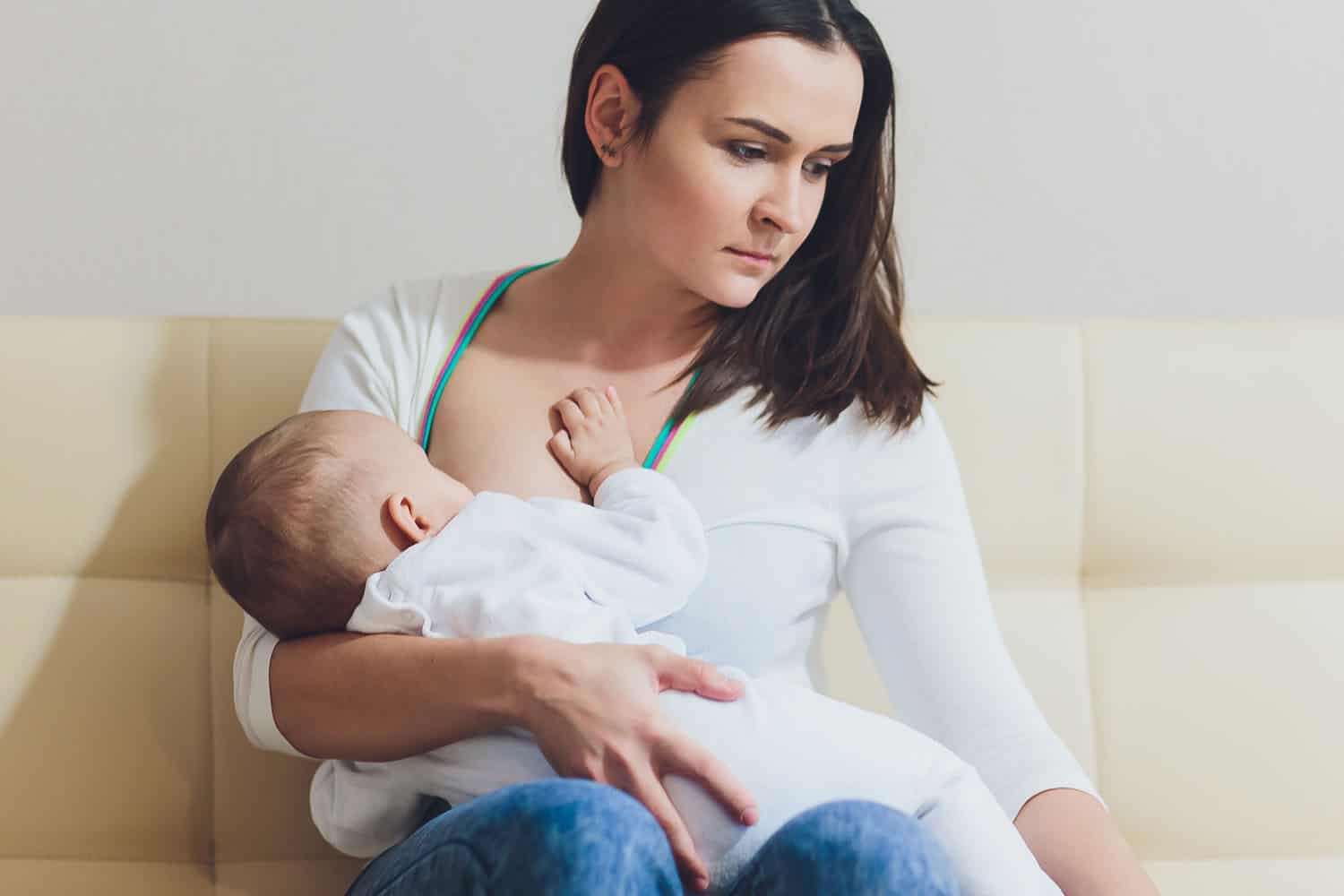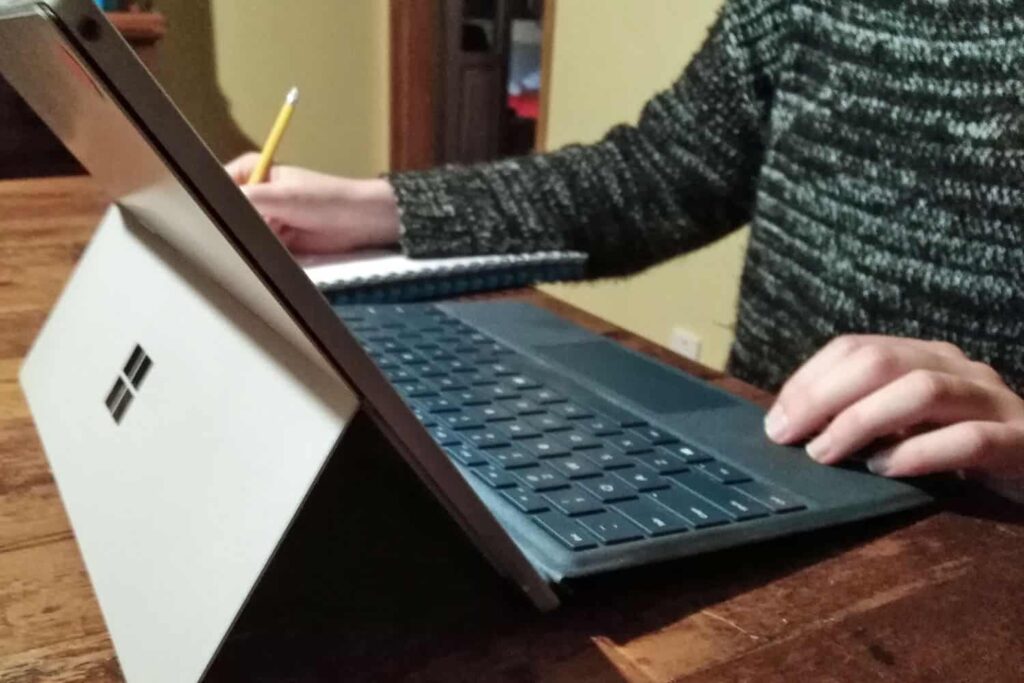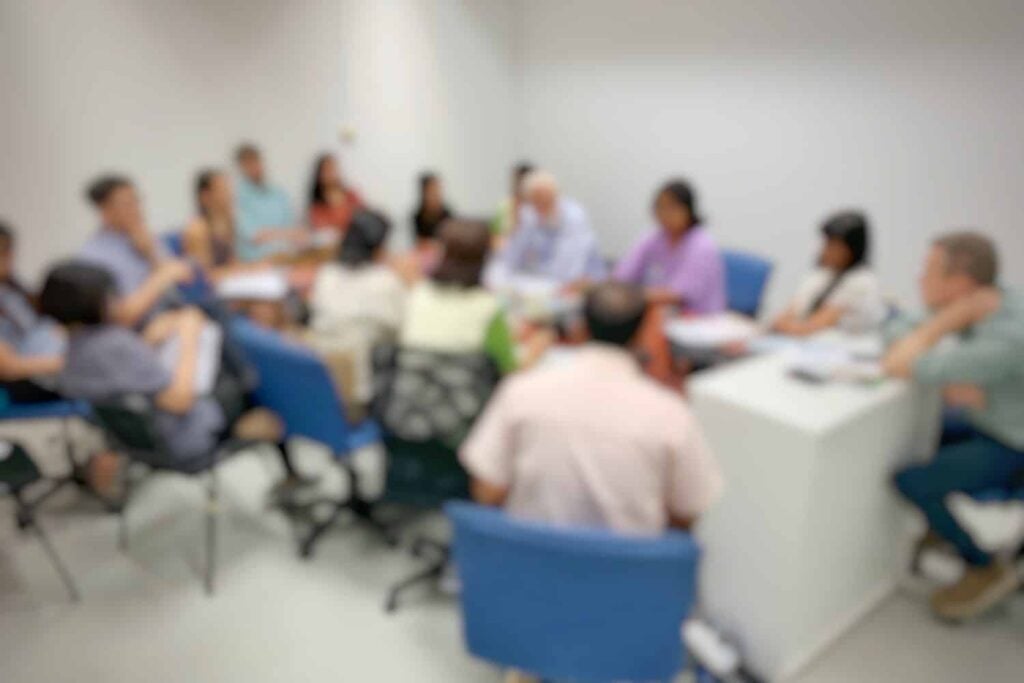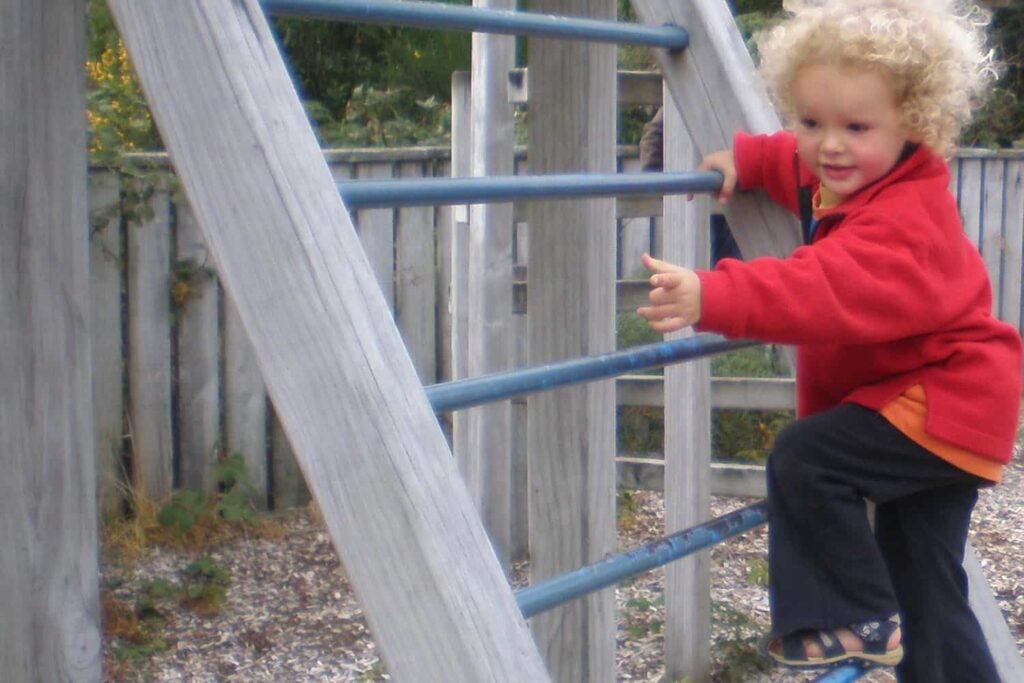The Breastfeeding Friendly Early Childhood Service Checklist.
By Dr Sarah Alexander.
Too often parents are led to believe they must give up breastfeeding and should get their child onto artificial milk formula before leaving their child at an ECE service. But this should not be necessary. Ask your early childhood service how it supports the continuation of breastfeeding.
By supporting breastfeeding ECE services are supporting parent-child bonds, infant brain development, child health, and family well-being (e.g. breastfeeding is a lot safer for the child with no risk of contamination and it costs the family less as breastmilk is free)
When choosing an ECE service, use the checklist to assess how well the services support breastfeeding.
Our Breastfeeding-Friendly Checklist
1. There is a comfortable dedicated space (e.g. not the staff office, storeroom, or the toilet) that is private, with comfy armchairs, access to fresh drinking water for parents and older siblings, and good-sized cushions/pillows.
2. The adults are relaxed about and happy for mothers to breastfeed in the main play area if they choose.
3. The adults make a point of asking parents at the time of enrolment about breastfeeding and infant nutrition and what they can do to support them and their infant. The adults continue to have ongoing communication with parents about this after enrolment.
4. The adults demonstrate in their conversations and in their actions that they are non-judgemental, supportive, and knowledgeable about breastfeeding.
5. The adults show they are comfortable with mothers’ breastfeeding an older infant or toddler and support this.
6. There is a written breastfeeding policy that management and parents can use to remind staff, and share with new staff, that supporting breastfeeding is one of their key roles.
Need to know information about breastfeeding and breast-milk
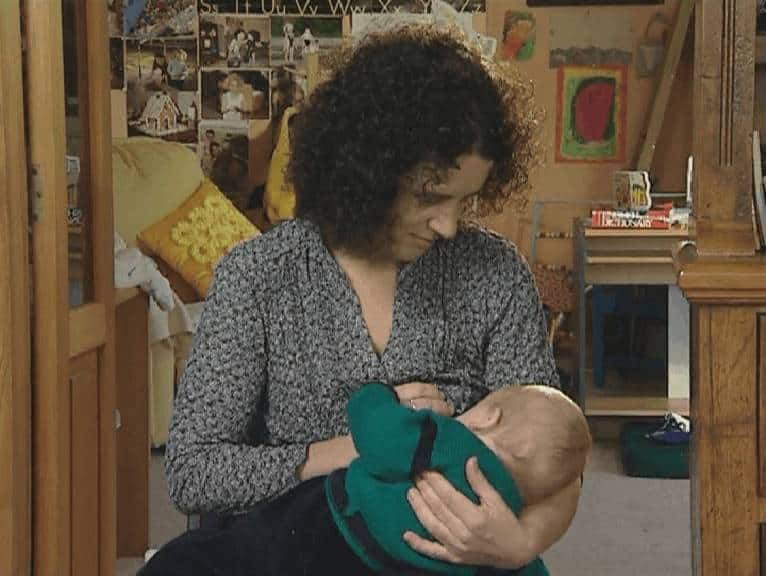
An infant should be breastfeed, if possible, at least until 6 months of age – or milk expressed for the infant to have at their ECE service.
When solids are introduced after 6 months breastfeeding should continue for as long as possible until 1 – 3 years of age (even if it is only at nights at home).
Early childhood services should provide a comfortable space and seating for parents to sit and breastfeed, and this space should not be a bathroom or cupboard.
Expressed breast milk should be kept in a sterilised bottle or sterilised plastic container with a tight-fitting lid. It will keep at room temperature for 4 hours and in the back of the fridge for up to 2 days. It may be kept in a freezer for up to 3 months,
Defrost frozen expressed milk in the fridge or place the container of milk in warm water until the milk thaws. Warm it to body temperature in a bowl of hot water. Do not use a microwave for heating or defrosting breast milk. Test the temperature of the milk by putting a little on the inside of your wrist. Use the milk immediately. It is not safe to reheat or refreeze milk.
Water may be given to an infant after 6 months of age.
Cows’ milk should not be given before 1 year of age, because it contains high levels of protein and salt. Cow’s milk does not have the vitamins and minerals a human baby needs.
Resources
See this story and find out what to do if another parent protests about a mum expressing milk or breastfeeding at the centre.


